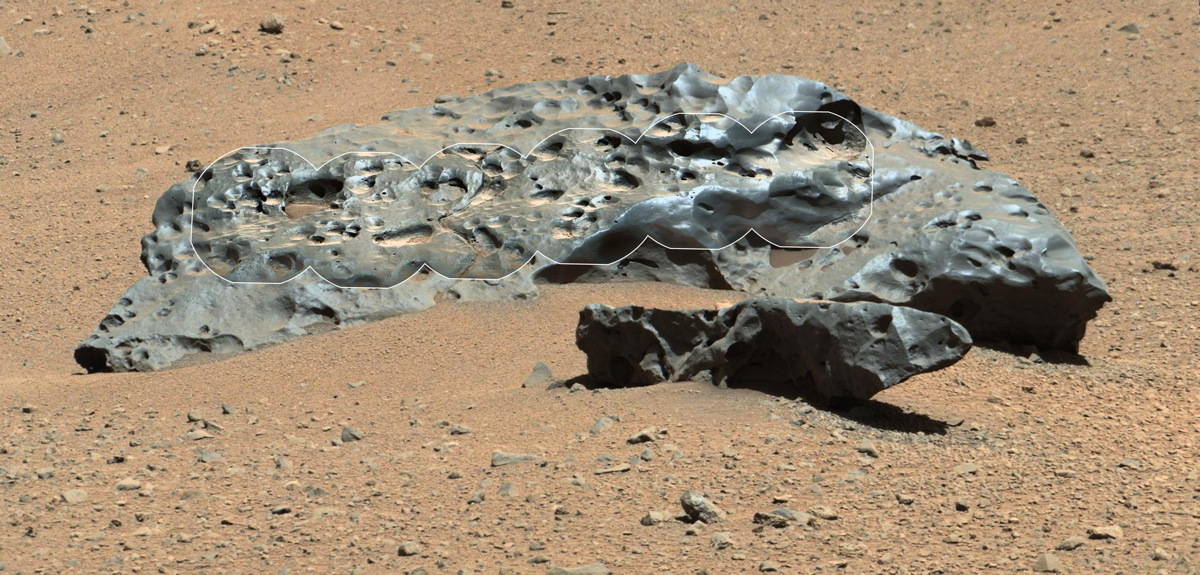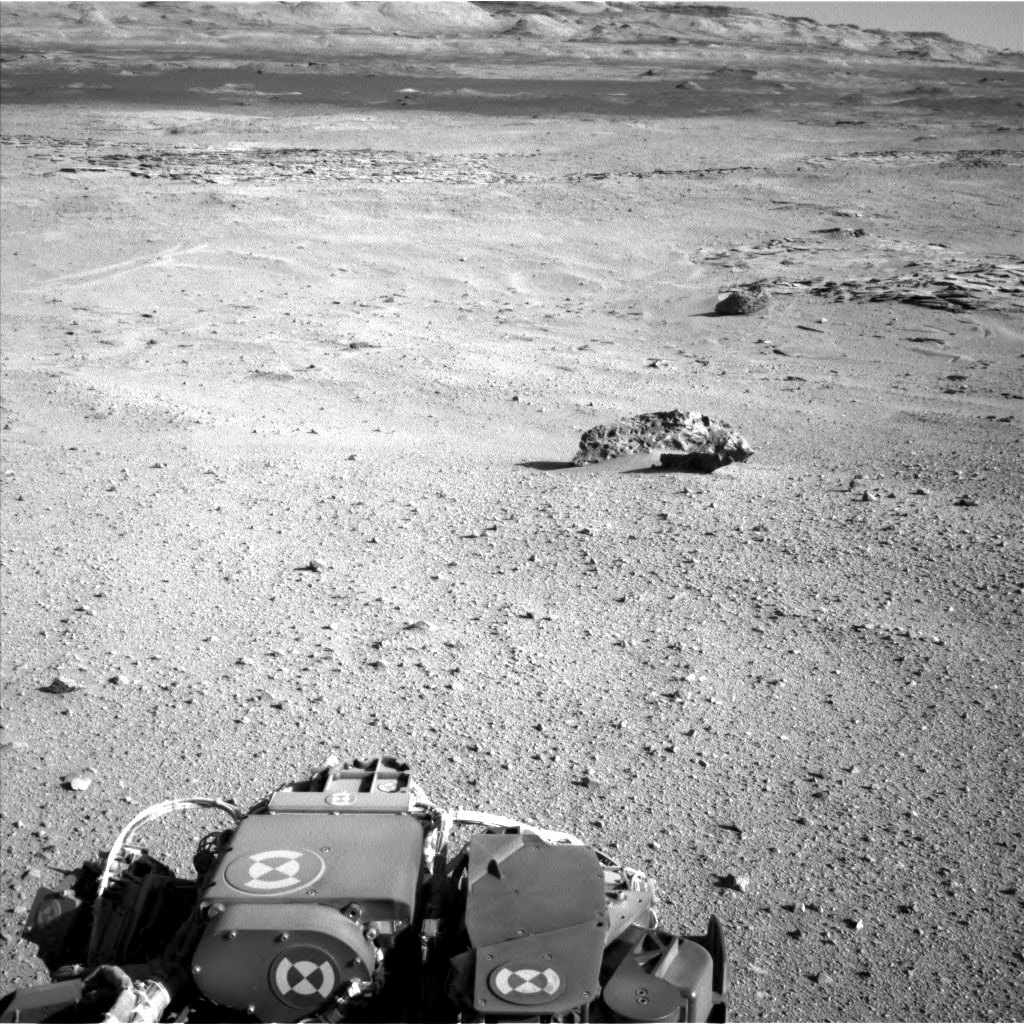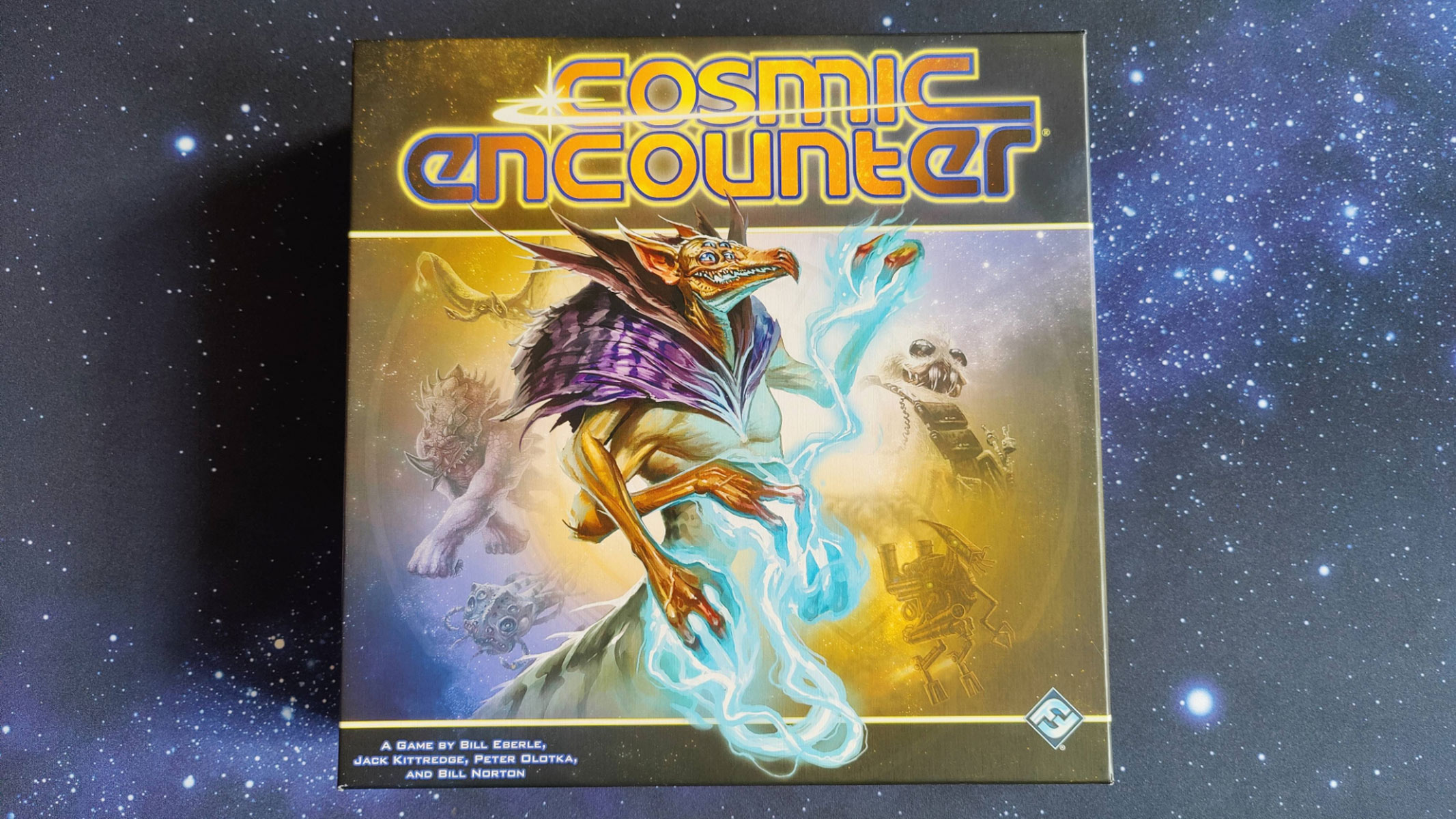Huge Meteorite on Mars Discovered by NASA's Curiosity Rover

Talk about a speed bump. NASA's Mars rover Curiosity has discovered its first meteorite on the Red Planet, and it's no puny space rock.
The newfound Mars meteorite, which scientist have named "Lebanon," is nearly 7 feet (2 meters) wide and made of iron. Photos of the meteorite taken by Curiosity also revealed a smaller companion nearby, which is now dubbed "Lebanon B."
"That 'Lebanon' is huge, almost 7 feet," said NASA spokesman Guy Webster from the agency's Jet Propulsion Laboratory in California. While NASA released a detailed photo of the Lebanon meteorites Tuesday (July 15), the Curiosity rover actually discovered the space rocks on May 25. [Mars Meteorites Found on Earth (Photos)]

Webster said Curiosity also found a third meteorite at the same time it spotted the Lebanon rocks. In a raw, unprocessed photo from Curiosity, the third meteorite — which is also about 7 feet wide — can be seen just beyond the closer Lebanon meteorites.
"Heavy Metal! I found an iron meteorite on Mars," Curiosity's handlers wrote on the mission's Twitter page.
Altogether, the three meteorites are the first space rocks on Mars discovered by the Curiosity rover since it landed on the Red Planet in August 2012, Webster added.
Curiosity snapped detailed photos of the main Lebanon meteorite using its high-resolution Chem-Cam and Remote Micro-Imager cameras. The images revealed strange angular cavities in the surface of the rock.
Get the Space.com Newsletter
Breaking space news, the latest updates on rocket launches, skywatching events and more!
"One possible explanation is that they resulted from preferential erosion along crystalline boundaries within the metal of the rock," NASA officials wrote in a statement. "Another possibility is that these cavities once contained olivine crystals, which can be found in a rare type of stony-iron meteorites called pallasites, thought to have been formed near the core-mantle boundary within an asteroid."

Meteorites have been discovered by Spirit and Opportunity, two smaller NASA rovers that landed on Mars in 2004. Opportunity is still active today, though its twin Spirit gave up the ghost in 2011.
On Aug. 5, Curiosity will celebrate its second Earth-year anniversary on Mars. Since landing in 2012, the rover has found evidence that Mars could have been habitable for primitive life — a major mission goal —and has been making its way toward the huge Mount Sharp, which rises from the center of its Gale Crater landing site.
Email Tariq Malik at tmalik@space.com or follow him @tariqjmalik and Google+. Follow us @Spacedotcom, Facebook and Google+. Original story on Space.com.
Join our Space Forums to keep talking space on the latest missions, night sky and more! And if you have a news tip, correction or comment, let us know at: community@space.com.

Tariq is the Editor-in-Chief of Space.com and joined the team in 2001, first as an intern and staff writer, and later as an editor. He covers human spaceflight, exploration and space science, as well as skywatching and entertainment. He became Space.com's Managing Editor in 2009 and Editor-in-Chief in 2019. Before joining Space.com, Tariq was a staff reporter for The Los Angeles Times covering education and city beats in La Habra, Fullerton and Huntington Beach. In October 2022, Tariq received the Harry Kolcum Award for excellence in space reporting from the National Space Club Florida Committee. He is also an Eagle Scout (yes, he has the Space Exploration merit badge) and went to Space Camp four times as a kid and a fifth time as an adult. He has journalism degrees from the University of Southern California and New York University. You can find Tariq at Space.com and as the co-host to the This Week In Space podcast with space historian Rod Pyle on the TWiT network. To see his latest project, you can follow Tariq on Twitter @tariqjmalik.
